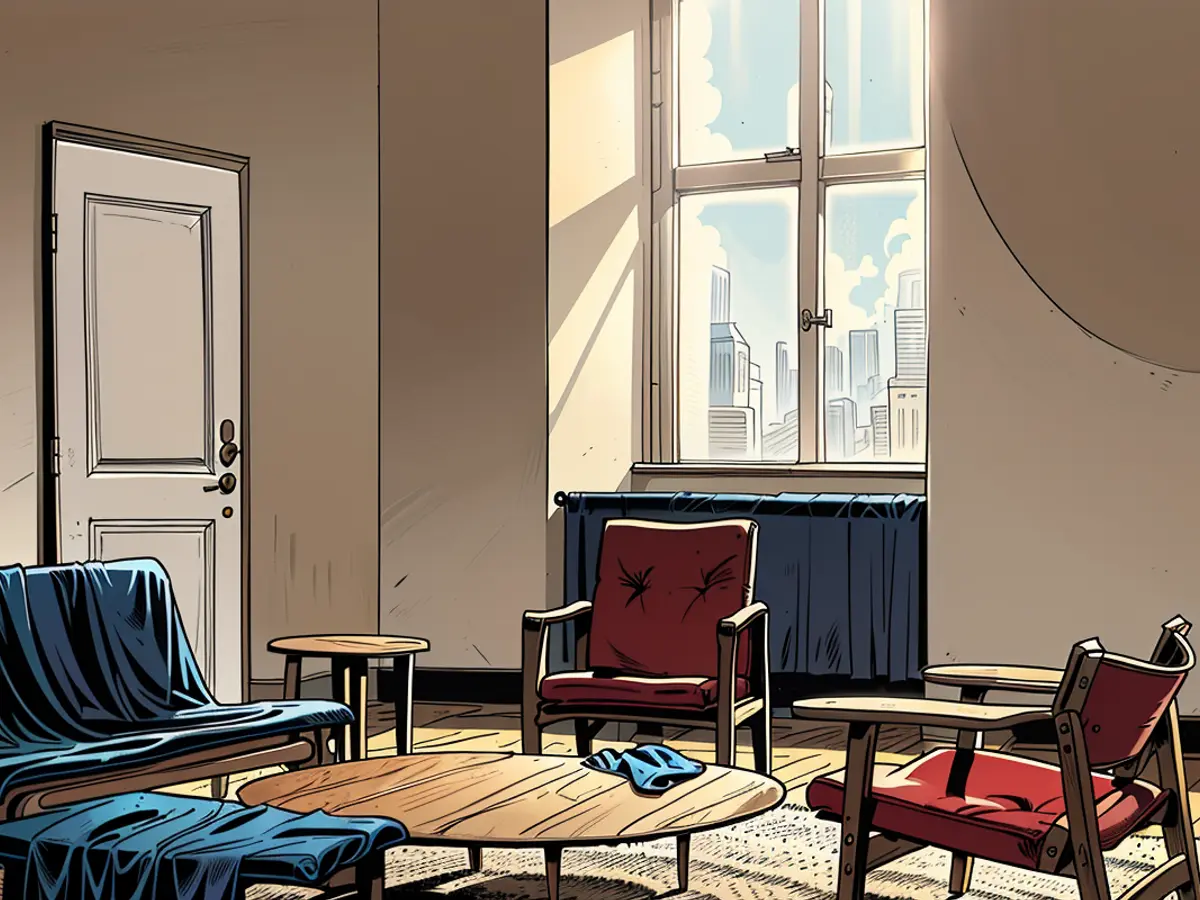What accounts for the widespread appeal of Danish design?
everybody around the globe seems to have a shared appreciation for Danish design. From homes in Berlin, London, or Sydney, timeless pieces such as the Egg Chair by Arne Jacobsen (1902-1971) or the Series 7 chair from 1955 by its architect, which is considered the best-selling chair in history, can be found. Additionally, popular items include the Y-Chair from 1950 by Hans J. Wegner for Carl Hansen & Søn and the three-shade PH-5 lamp from 1958 by Poul Henningsen for Louis Poulsen. Contemporary brands like Hay, ferm Living, Bolia, and Broste Copenhagen are also gaining global recognition alongside these classic designs.
To better understand the origin of these successful Danish designers, one need look no further than their homeland. In Copenhagen, the Danish Design Museum, housed in an 18th-century hospital, showcases the most extensive collection of furniture and product design in the country. Here, visitors can witness exciting emerging talents experimenting with unconventional materials such as mussel and snail shells to create cups and plates. Moreover, the museum provides insight into how this distinctive style has shaped a universal global taste.
The term "Danish design" was coined by a group of American journalists in 1949, following their visit to the annual furniture exhibition of the Copenhagen Cabinetmakers' Guild at the museum. In eloquent articles, they described the unique characteristics of Danish modernism, igniting demand for these finely crafted designs both in the USA and beyond. Danish design is marked by its use of natural materials, like wood, and intricate craftsmanship techniques, meticulously considered with no unnecessary details.
Unifying Aesthetics and Functionality
Many influential figures learned a valuable craft: for instance, Arne Jacobsen studied stonemasonry before pursuing architecture, and Hans J. Wegner gained experience in carpentry before attending the School of Arts and Crafts. As adherents of functionalism, they created purposeful, rationally designed objects that harmoniously blended aesthetics and practicality. The designers put themselves in the user's shoes, which continues to be a fundamental aspect of Danish design today. This cohesion between form and function has played a significant role in the international popularity of these pieces, which do not draw attention to themselves but instead blend seamlessly into their surroundings.

Furthermore, Danish design has enduring quality. Modern furniture manufacturers continue to draw inspiration from the design tradition established by their predecessors. Family heirlooms are frequently passed down through generations. Grit Rister, manager of 25hours Hotel Paper Island in Copenhagen, remarks, "When I visit my Danish friends and family, I see timeless design classics in every home, a mix of vintage and modern pieces."
25hours Hotel Paper Island's interior design mirrors this aesthetic mix, displaying a variety of decorations sourced from flea markets. The hotel features an assortment of classic design pieces, including lamps from Louis Poulsen and tables and chairs from ferm Living and Hay.
Respecting Design Legacy
For Danes, good design is essential to their daily lives, with the government continually investing in public buildings. Arne Jacobsen, a renowned architect, began his career working in the municipal building office before contributing to significant projects such as the Bellavista settlement in Klampenborg. He designed not only residential homes but also restaurants, theaters, and hotels, including their interiors.

From their earliest years, Danish children are introduced to design classics in a playful manner. Parents often gift their children "The Little Book of Danish Design for Children and Curious Grown-Ups," which highlights 50 design classics through humorous illustrations and brief descriptions, such as the Toadstool table from 1962 by Nanna Ditzel or the vibrant Flowerpot lamps created by Verner Panton in 1968. Grit Rister explains, "They start with well-designed wooden toys for children, and it continues in furniture stores where there is often a miniature version of adult design chairs for children." This exposure fosters appreciation for fewer but better-quality items, making the Wishbone Chair by Hans J. Wegner a treasured status symbol in Denmark rather than an extravagant car.
One of the current design industry favorites is Hay, founded in 2002, and boasting branches in Berlin, Munich, Liverpool, Tokyo, and Melbourne. Hay is beloved by fans of Scandinavian furniture, accessories, and fashion. The showroom and flagship store are located in a Jugendstil building from 1896 in the heart of Copenhagen, showcasing a mix of small tables, spacious shelves, comfortable chairs in muted beige and sand tones, and occasionally vibrant colors like moss green or egg yolk.
The line at the checkout is quite extensive. Ranging from a toothbrush, to a kitchen towel, up to a flower vase, it's quite a collection. Even a single one of these subtly stylish designer items can effectively radiate Danish simplicity and a carefree ambiance within one's living space.
The furniture industry has recognized the global appeal of Danish design, leading to increased collaboration with contemporary brands like Hay and Broste Copenhagen, resulting in their global recognition. Visiting 25hours Hotel Paper Island in Copenhagen, one can see a mix of classic Danish design pieces, like Louis Poulsen lamps and ferm Living chairs, mixing seamlessly with modern decorations sourced from flea markets.







